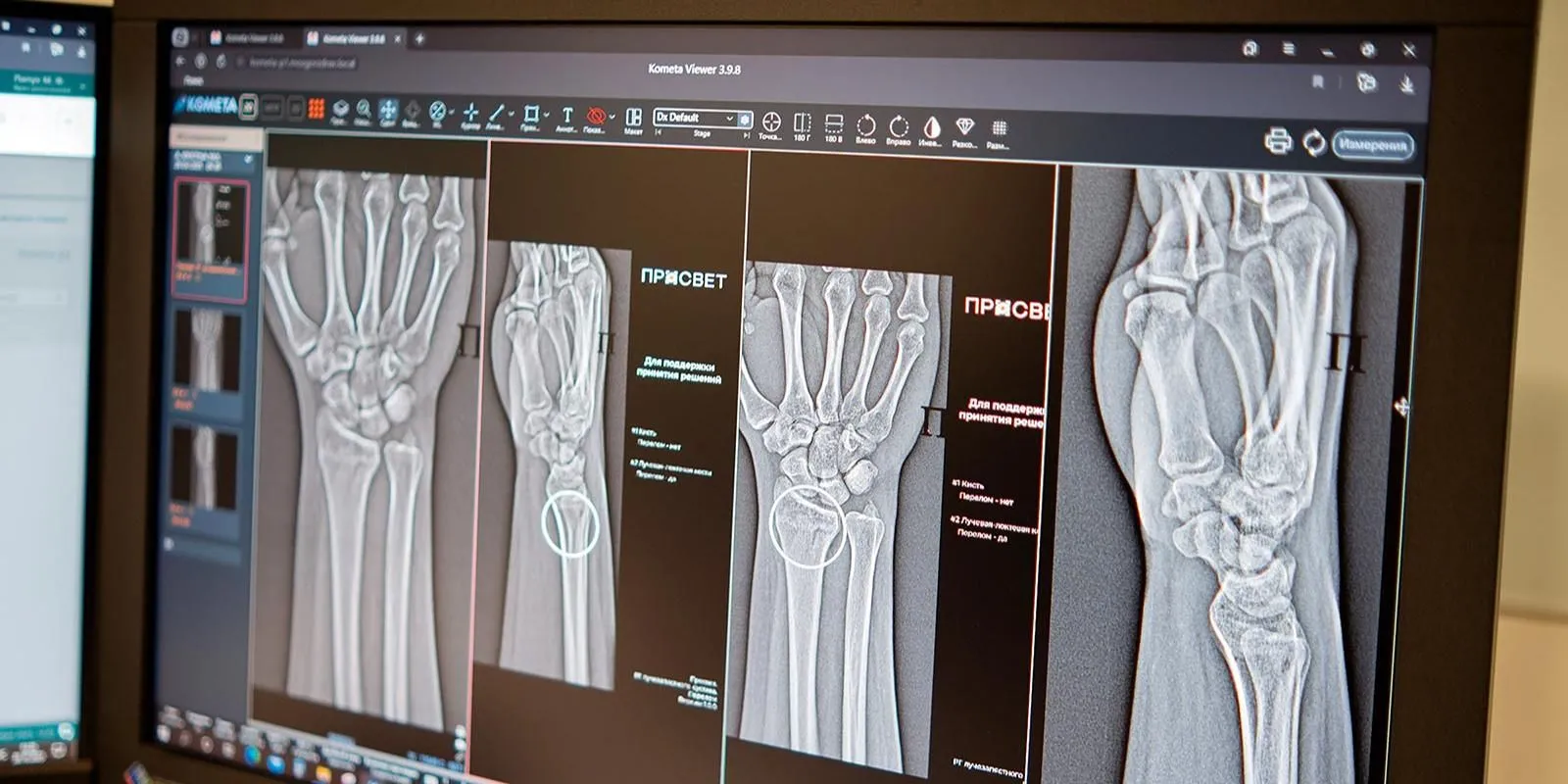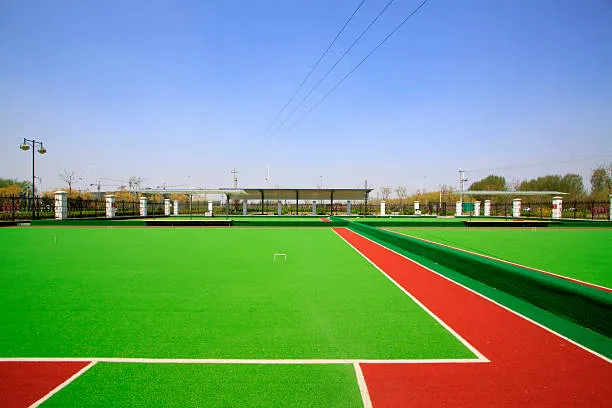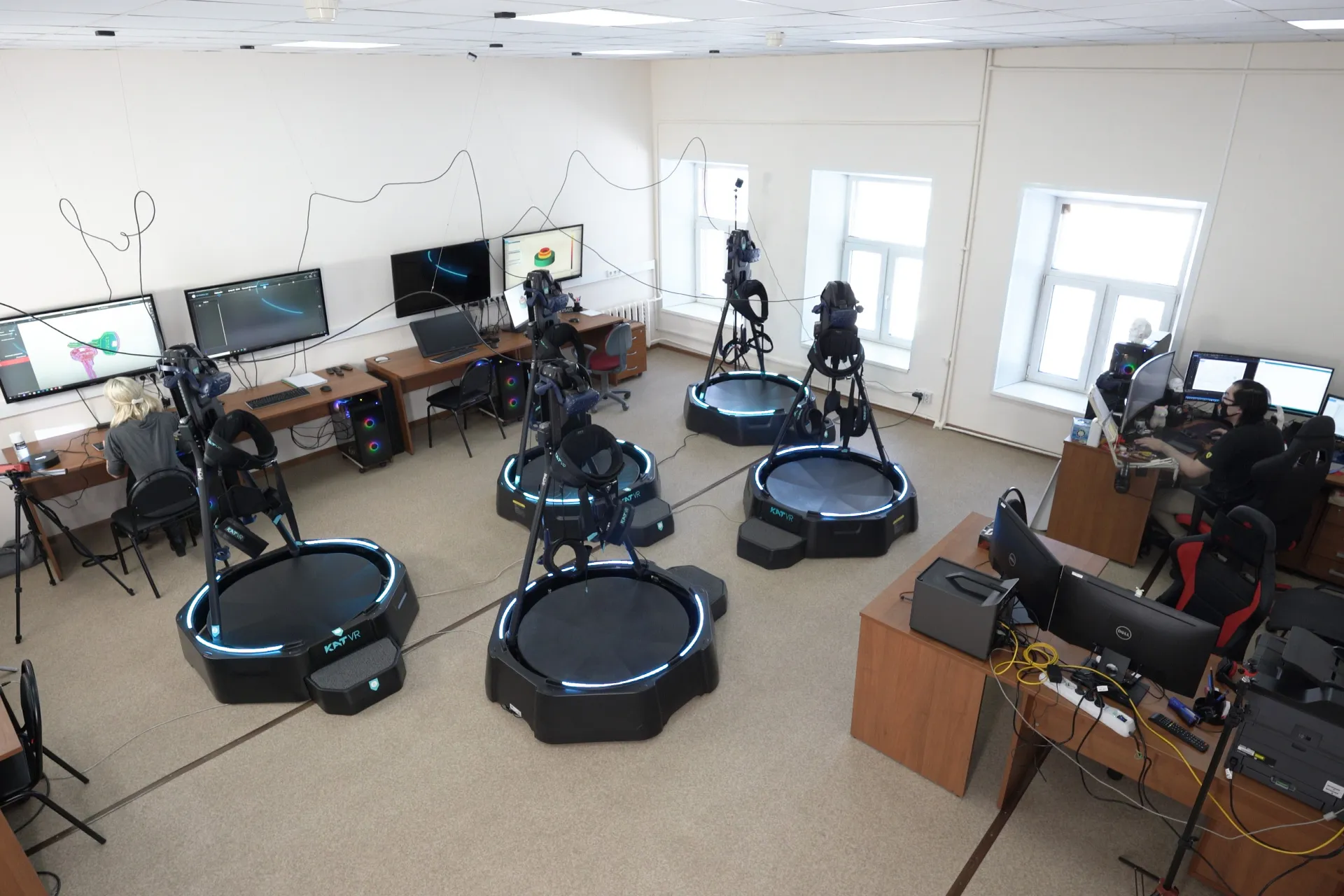Russian Scientists Are Developing a System to Determine the Properties of New Materials
The development will unite disparate modeling methods to accelerate the creation of new alloys and composites for space, energy, and medicine

Scientists at Novosibirsk State University are developing a software platform that will make it possible to quickly and accurately predict the properties of new materials before they are created in the laboratory. The system will integrate diverse computational modeling methods into a single environment, significantly speeding up the development of advanced materials for key industrial sectors.
Modern research relies on numerous complex computational techniques, such as quantum dynamics and the Monte Carlo method. Until now, each of these approaches required its own dedicated software, slowing down the workflow. This new system is designed to solve that problem.
Virtual design of materials with required properties
The system will not simply combine tools — it will also suggest optimal problem-solving strategies. A user specifies which material properties they want to evaluate and at what accuracy, and the program then recommends the best methods and algorithms for the task.
A prototype of the platform has already been registered and successfully tested for modeling interactions between gases and liquids with surfaces, as well as for studying carbon nanotubes and high-entropy alloys. A full release of the software suite, designed for a broad range of tasks, is expected in 2026.
This development is of strategic importance for the digital transformation of industry. The ability to virtually design materials with predetermined properties will reduce development time and cost, minimizing the risks of failed experiments. The technology will be applied in aerospace, energy, microelectronics, and medicine, supporting the creation of more heat-resistant alloys, corrosion-resistant coatings, and advanced composites.









































